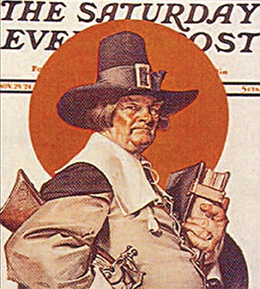 By Robert Reed
By Robert Reed
The grand holiday of Thanksgiving has been celebrated in many ways over the decades, and a surprising amount of it remains in memories of paper.
Trade cards, holiday postcards, magazine covers, menus, and colorful decorations have all faithfully carried the enduring Thanksgiving theme nationwide.
Historians have long noted that President George Washington delivered an address proclaiming the first official Thanksgiving Day in November 1789. The event reportedly was already an established occurrence in much of New England Published accounts say it was a copy of that Washington proclamation which prompted President Abraham Lincoln to renew observation of the event during the Civil War. The paper copy was said to have been sent to Lincoln by Sara Josepha Hale of Philadelphia.
Short decades later merchant’s lithographed trade cards were occasionally paying tribute to the all-American holiday. The Singer Sewing Machine company wished customers a “Happy Thanksgiving” with printed cards bearing embossed images of fruits and vegetables. While Christmas was a much more dominate theme for such trade cards, there were a few Thanksgiving choices including Singer, and Acme Stove Company during the 1880s and 1090s.
Thanksgiving was richly represented in the wave of holiday postcards which were introduced early in the 20th century. Enamored by the vivid images and the ease of mailing, Americans flooded the postal service with such cards. The turkey was an obvious symbol, as were Pilgrims, and the scene of the dinner table. Additionally many of the Thanksgiving postcards included patriotic motifs involving the U.S. flag, Uncle Sam, and spangled banners. Major artists of such postcards included Ellen Clapsaddle, Frances Brundage, Bernardt Wall, and H. B. Griggs whose works often included their name. However the major of Thanksgiving postcards were not signed.
By the 1920s the public moved on to folded greeting cards complete with their own envelope for marking holidays. Such greeting cards were certainly more expensive than earlier postcards but were considered more stylish for the decades that followed.
During the 1920s and 1930s there were entire catalogs filled with Thanksgiving and other holiday decorations made almost entirely of paper. In 1924 one wholesale company offered dozens of Thanksgiving place cards, tally cards, napkins, and table covers. All were described as “nicely lithographed” and many came with appropriate amounts of crepe paper for further decorating. One of the company’s most popular table decorations was the Jack Homer Pie that included a large pumpkin and a large turkey. Other 12 to 14 inch alternatives included the Haywagon Pie, and the Horn of Plenty Pie. Other decorations came with celluloid kewpie dolls including Kewpie Thanksgiving Chef wearing a cook’s apron and cook’s hat.
“Thanksgiving assortments are given our special attention,” noted the vintage catalog, “and we are sure they will prove most satisfactory.”
A major force in the production of holiday-related paper goods in the early 20th century was the Dennison Company. The firm manufactured an enormous variety of paper tableware. They also offered numerous booklets and other publications with instructions for paper decorating inside the home. Even more imaginative was the Beistle Company which produced clever cardboard and honeycombed paper combinations of turkeys, Pilgrims, pumpkins, and similar seasonal items. Beistle marketed a remarkable selection of centerpieces and wall decorations throughout the 20th century.
National magazines often featured Thanksgiving themes as seasonal covers during the first half of the 20th century. Initially the covers were illustrated with the basic elements of the holiday including the pumpkin, turkey, and harvest basket Gradually such magazine covers became more elegant with the distinguished works of artists such as J.C. Leyendecker and Norman Rockwell.
Generally it was Leyendecker’s work which was more dominant in the 1930s, especially on the richly illustrated covers of the Saturday Evening Post. Meanwhile in the midst of the Great Depression of that same era, Collier’s magazine used a Thanksgiving cover by Emmett Watson.
That 1931 holiday issue also included a Thanksgiving editorial. Collier’s told readers:
“If we have jobs and earnings let’s give thanks and share what we have with those less fortunate. If we are without surplus or resource we can take some comfort in the knowledge that our plight is understood and that our friends and neighbors are sensitive to human need and eager to relieve it.”
Ironically one of the most unique forms of Thanksgiving paper collectibles came from the Civilian Conservation Corps which were formed to provide work for the jobless during the latter 1930s. Various CCC often celebrated the holiday when their own program or menu for the special event and typically they were based on the efforts of an untrained camp artist.
In 1935 The Giant Thanksgiving Book appeared in the market. Written by Lenore Hetrick the volume contained, “recitations, songs, readings, pantomimes, drills, novelties, pageants, and plays…all ages.” The 284 page book was published by Paine Publishing Company of Dayton, Ohio.
Norman Rockwell’s Thanksgiving covers were probably more dominate on national magazine covers in the 1940s. They were especially popular during the years of World War II and often related to those in military service as the holiday was observed. Rockwell as also responsible for the Four Freedom posters issued in 1943. Among the four, which were printed in three different sizes, was Freedom From Want which featured Mom and Pop serving a traditional turkey dinner.
During that same decade Life magazine published one of their few Thanksgiving issues, and the First Thanksgiving Book written by Lois Lenski Barksdale was published by the Knopf company. Thanksgiving was also one of several holidays featured on street car and bus line pass/tickets for American cities including Washington, D.C. in that era.
In the decades that followed Thanksgiving was still a steady theme for magazine covers but probably without lavish artistry of before.
Jack and Jill, the children’s publication, continued to feature Thanksgiving on the front of their November issues during the 1950s and 1960s. In 1966 the cover also made mention of Macy’s Thanksgiving Day parade in New York City. Two years later the New York Daily Newspaper carried a full page advertisement for still enormously popular holiday parade.
According to the original advertisement itself the parade promised appearances by:
“Superman balloon, Smokey the Bear, Shirley Jones, Jack Cassidy, William Shatner, Jerry Vale, Bullwinkle, Johnny Whittaker, Bobby Vinton, Snoopy, Donald Duck, and Mickey Mouse.” Today even the newspaper advertisement of 1968 merits interest among collectors who search for paper memories of Thanksgiving.


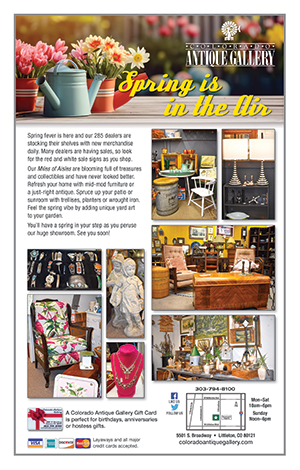

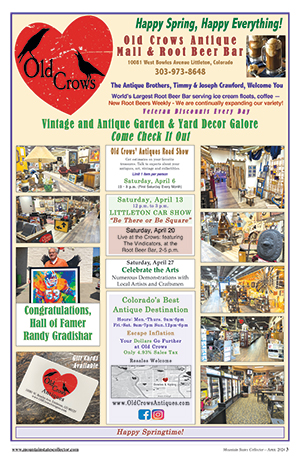

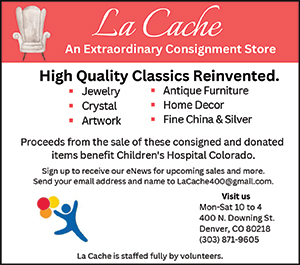


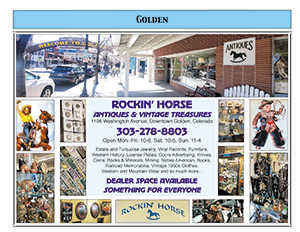




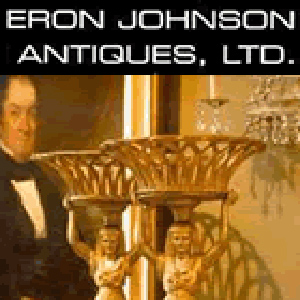

Follow Us